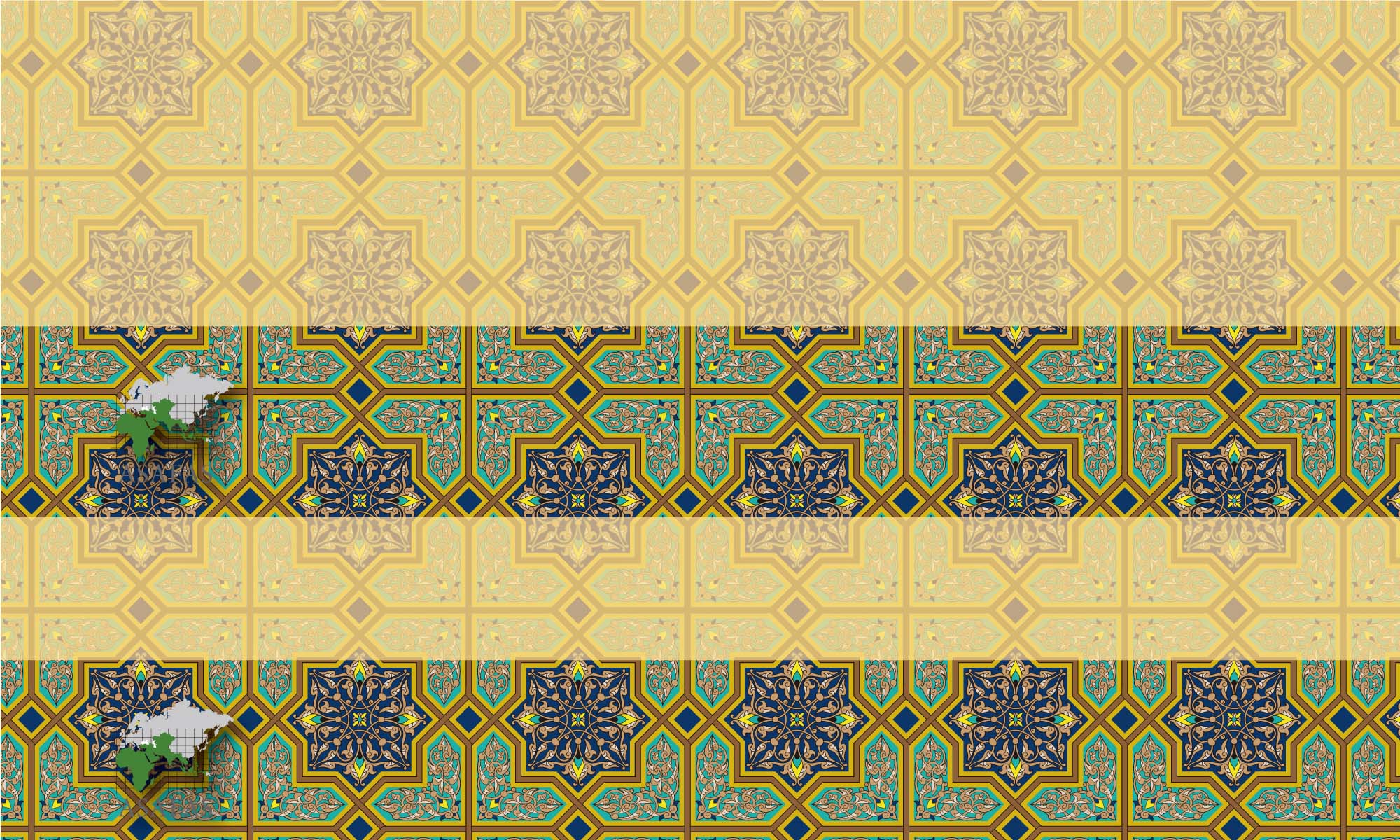The joint seminar was held by face-to-face (venue: Research Building No. 2, 4th Floor, Meeting Room [AA447], Kyoto University) and Zoom “hybrid format” on August 2 (Tuesday).
After the self-introduction of the participants, the first speaker TONAGA Yasushi of Kyoto University made his presentation titled “Islam Integrated with Local Societies: Is There Also ‘Japanese Islam’?” He introduced his own recent other joint researches within the framework of A. cultural coexistence, B. moderate Islam, and C. how to understand Sufism, which shall be bases for his research in this joint research. He also introduced the moderate Islam observed in Indonesia, Pakistan and Turkey, which emphasizes their own cultural tradition. Here “vernacular Islam” has a positive meaning contrary to the general dichotomous understanding between “vernacularized marginal Islam,” which is nearly equal with “corrupted Islam,” and “Arab Islam,” which is nearly equal with “genuine Islam.” Then he examined the idea of “Japanese Islam” which may be equivalent with “Indonesian Islam (Islam Nusantara).” In the past there were such an idea like Ariga Bumpachiro’s “Japanese Islam (Nippon Isuramukyo)” and Abe Haruo’s “Mahayana Islam (Daijo Isuramu).” In the end he pointed out that we find nether such a claim nor the Sufism-based understanding of Islam in the contemporary Japan.
The next speaker, Hirofumi Okai, presented a report entitled “The Function and Design of Japanese Masjids: Considering ‘Multicultural Conviviality’ within and outside Religious Institutions from the Discourse on ‘Design’.”He examined the discourse surrounding the ‘desirable design’ of Japanese mosques. Through this procedure, he aimed to explore the possibility of an approach that picks up on the diverse ‘desirability’ of the design of Japanese mosques and the factors associated with these diverse ‘desirability’.
In his presentation, he first referred to the functions of European mosques, showing that some of the functions arise in relation to the wider society and that design could be seen as a part of the function.
He then provided a brief analysis of the preliminary research. “‘Multicultural coexistence’ within a religious organization” and “‘Multicultural coexistence’ outside a religious organization” (Takahashi Norihito (2015) were used as the analytical framework.
The results revealed the existence of diverse ‘desirable designs’, such as an emphasis on foreign cultures, a fusion of the cultures of origin of local Muslims, and a fusion of Japanese and Islamic cultures. It was suggested that individual ‘desirable designs’ are deeply related to individual attributes (e.g. generation, gender, roots, majority/minority in the organization etc.) and life paths. These factors also generated negotiations, tensions, exclusions, agreements etc. between members when considering the design of the mosque. The narratives also suggested that the design of the mosque and the individual’s idea of ‘desirable design’ is influenced by factors that arise in the relationship with the wider society (e.g. ideas about the role of the mosque in the local community, non-Muslim residents’ attitudes towards Islam and mosques). Based on the above, it was pointed out that through discussions on the ‘desirable’ design of mosques as conceived by individuals/groups, it may be possible to capture part of the process of the integration of Islam in Japan.
In the general discussion after the three presentations, such questions as (1) which of theoretical and material levels should be pursued with more focus, (2) how the locality of Islam should be understood in the comparison with its globality, and (3) what does the concept of something “Japanese” means, were discussed
Reference
Takahashi, Norihito, 2015, Gendai Nihon no Tabunkakyosei to Shukyo: Konngo ni Muketa Kenkyudoko no Kento, The Bulletin of Faculty of Sociology,Toyo University, 52(2), 73-85,
